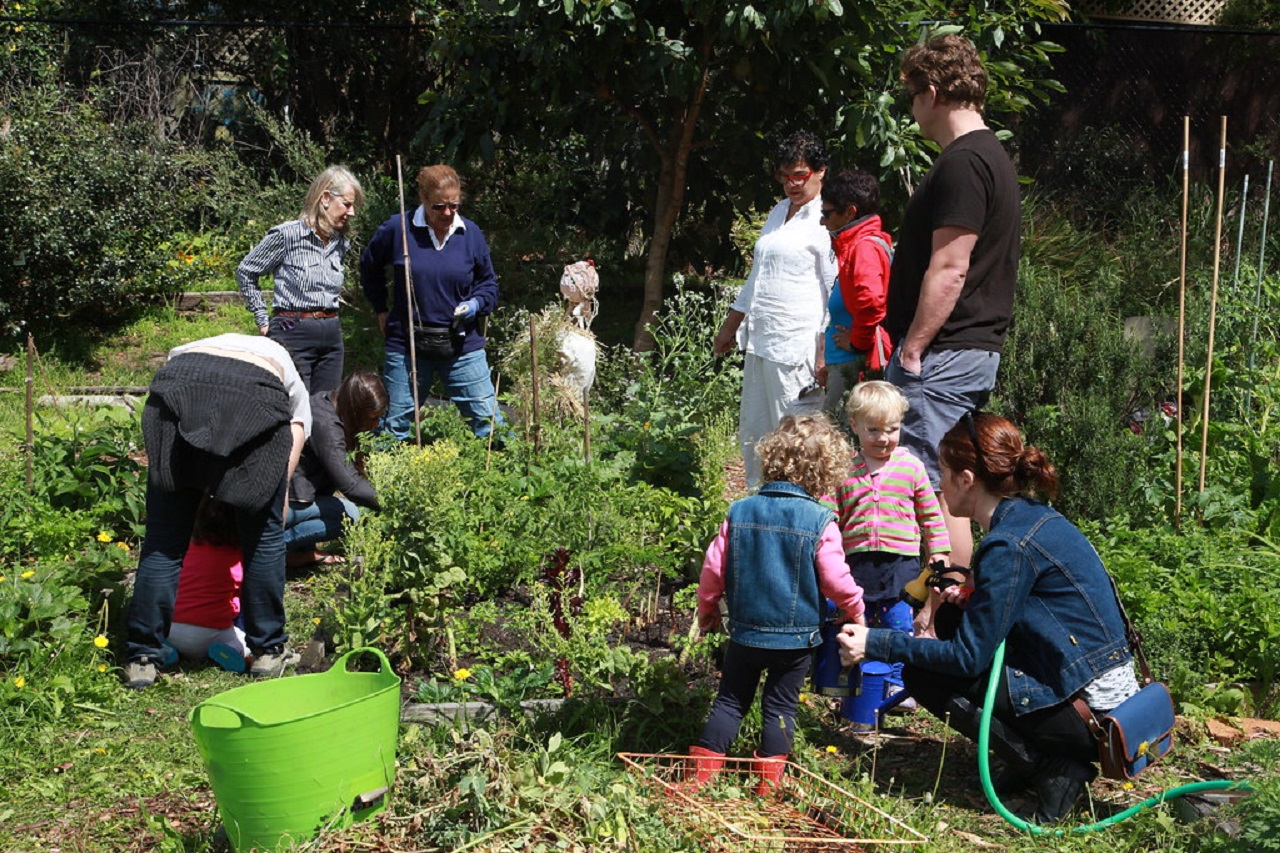
Starting a community garden can be a rewarding and enriching experience for both you and your neighborhood. Whether you're looking to grow fresh produce, create a green space for the community, or simply bring people together, a community garden can be a wonderful addition to your local area. In this comprehensive guide, we'll walk you through the steps to successfully start and maintain a thriving community garden.
Assess the Need and Gather Community Support
The first step in starting a community garden is to assess the need and gauge the level of interest within your local community. Reach out to your neighbors, community organizations, and local government officials to gauge the level of interest and support for a community garden. This will help you determine the feasibility of the project and ensure that you have the necessary resources and volunteers to make it a success.
Secure a Suitable Location
Once you have determined that there is a need and interest in a community garden, the next step is to find a suitable location. Look for a plot of land that is accessible to the community, receives ample sunlight, and has access to water. Consider factors such as zoning laws, soil quality, and any potential environmental concerns. If the land is not owned by the community, you will need to negotiate a lease or permission to use the space.
Organize a Planning Committee
Assemble a diverse planning committee that represents the community. This committee should include individuals with a range of skills and expertise, such as gardening, community outreach, and project management. Together, the committee can develop a vision for the community garden, create a budget, and assign roles and responsibilities.
Develop a Garden Design and Layout
With the planning committee in place, it's time to start designing the layout of the community garden. Consider factors such as the size of the plot, the number of individual garden plots, common areas, and pathways. Decide on the types of crops or plants you want to grow, and allocate space accordingly. Ensure that the design is inclusive and accessible to all members of the community.
Secure Funding and Resources
Starting a community garden requires funding and resources. Explore various funding sources, such as grants, crowdfunding, or sponsorships from local businesses. Additionally, reach out to local nurseries, hardware stores, or other organizations that may be willing to donate supplies, tools, or expertise.
Recruit and Engage Volunteers
A successful community garden relies on the involvement and dedication of volunteers. Reach out to local community groups, schools, and organizations to recruit volunteers. Provide clear guidelines and training to ensure that everyone understands their roles and responsibilities. Encourage a sense of ownership and investment among the volunteers to foster a strong community spirit.
Implement the Garden and Establish Maintenance Protocols
With the planning, funding, and volunteers in place, it's time to start implementing the community garden. This may involve tasks such as preparing the soil, installing raised beds or pathways, and planting the desired crops or plants. Establish clear maintenance protocols, such as watering schedules, weeding, and pest control, to ensure the long-term sustainability of the garden.
Engage the Community and Celebrate Successes
A community garden is not just about growing plants; it's about building a sense of community and connection. Organize events, workshops, and educational programs to engage the community and encourage participation. Celebrate the garden's successes, such as the first harvest or the addition of new features, to foster a sense of pride and ownership among the community members.
Starting a community garden can be a rewarding and fulfilling experience, but it does require careful planning, dedication, and community involvement. By following these steps, you can create a thriving community garden that brings people together, promotes healthy living, and enhances the overall quality of life in your neighborhood.
 Family Craft ProjectsHome ImprovementCooking and BakingReuse and RecycleDIY GiftsEco-Friendly ProjectsDIY Home SolutionsSeasonal ActivitiesFun and GamesLearn TogetherPrivacy PolicyTerms And Conditions
Family Craft ProjectsHome ImprovementCooking and BakingReuse and RecycleDIY GiftsEco-Friendly ProjectsDIY Home SolutionsSeasonal ActivitiesFun and GamesLearn TogetherPrivacy PolicyTerms And Conditions
